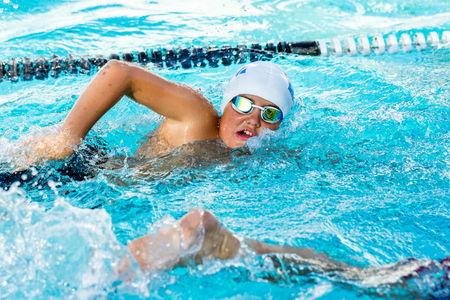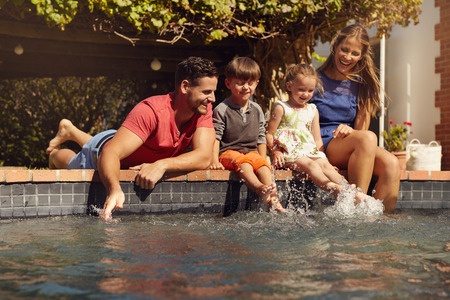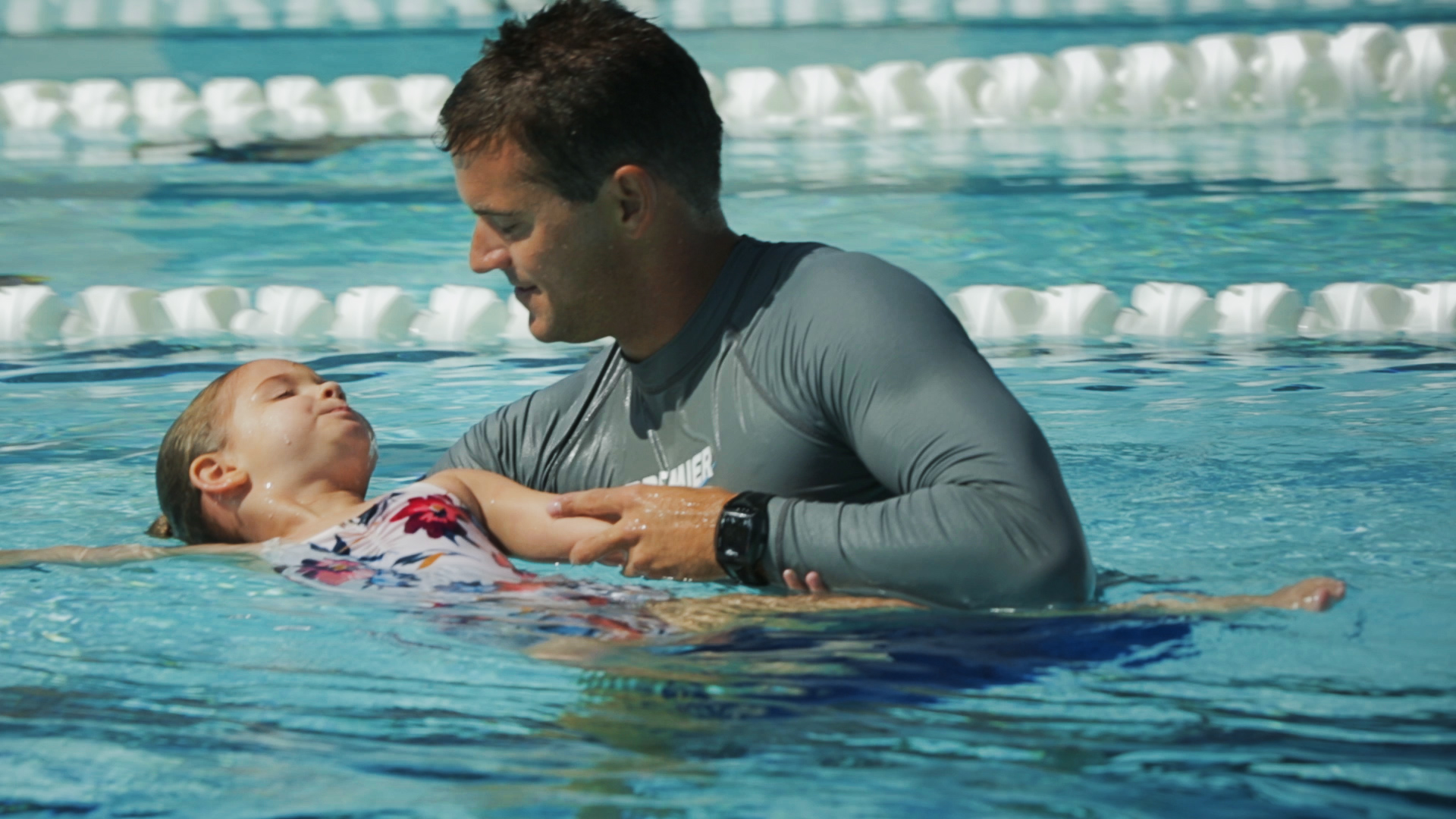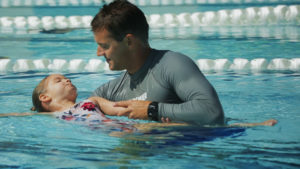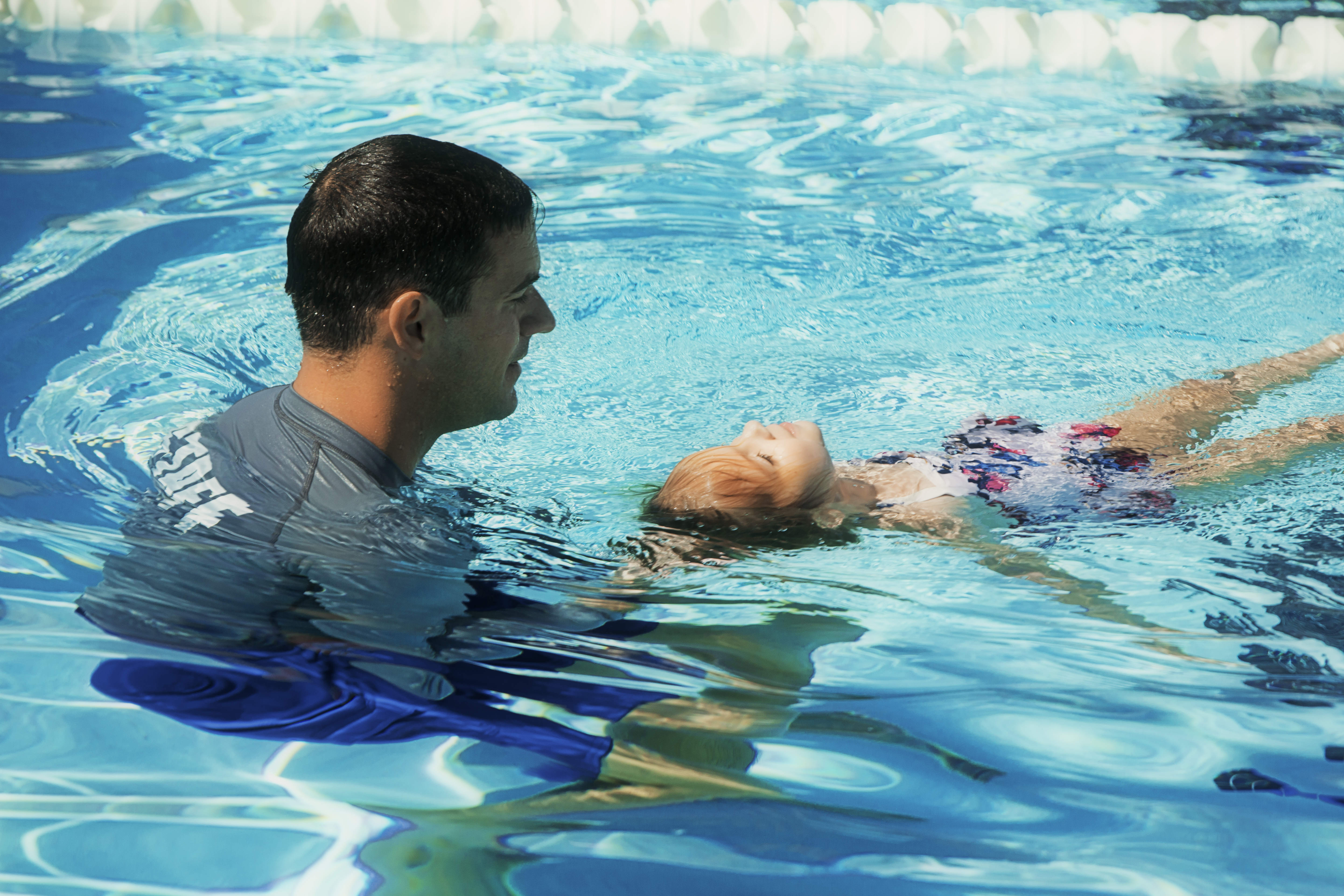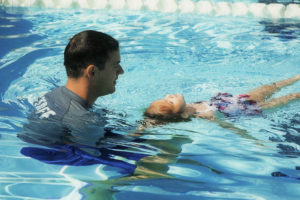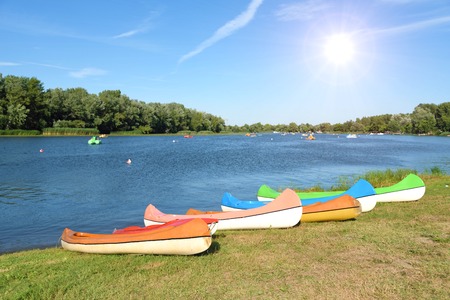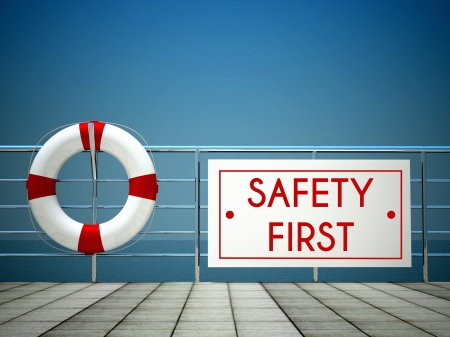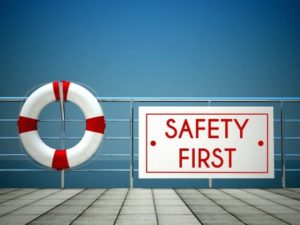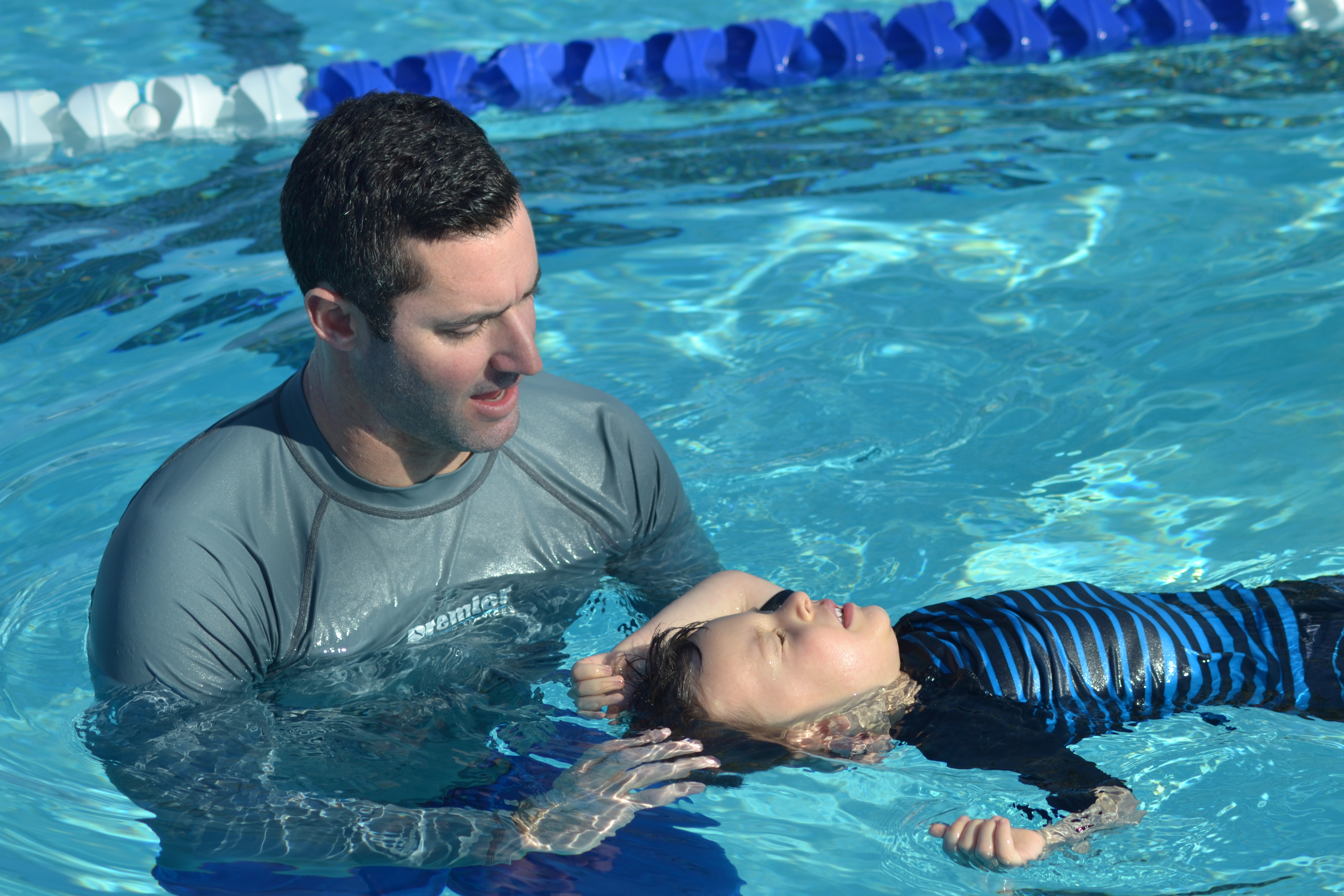
Summary: Premier Aquatic Services seeks to fill various swim-related positions in and around Orange County, CA. Qualified individuals interested in becoming life guards, swim instructors, or swim coaches are encouraged to contact the company for potential job opportunities.
Aliso Viejo, United States – Premier Aquatic Services is looking to fill various job openings in and around Orange County, CA for the positions of life guard, swim instructor and swim coach.
Premier is an aquatics service company (https://swimoc.com) that has a primary focus on safety in and around the water. The daily goal of their team of passionate lifeguards, swim instructors and administrators is to protect and save lives for hundreds of customers who enjoy activities ranging from child swim lessons to elderly water aerobics classes.
All members of the Premier Aquatics team believe in enjoying water activities in a safe and responsible environment. They provide safer fun for Orange County communities and create exceptional customer experience through innovative training methods, selective staffing and detailed programming.
The company is seeking applicants who are fun, energetic, happy, and desire to land a job they love. Available aquatics jobs (https://swimoc.com/aquatics-jobs) can be either full-time or part-time, year round or summer work.
“Our ultimate goal is always customer satisfaction, but we know if we continue to have love for what we do, attention to how we do it, and a staff who feels supported and empowered, our customers will always be happy.” – Dan Berzansky, Owner and President.
About the Company: Premier Aquatic Services aspires to be an industry innovator and premier service provider, inspiring agents of change in the field of aquatics, health and safety, and lifeguard services. We provide a loving and inviting atmosphere, where we are the conduit for lifelong learning, respect, and safer fun in and around the water. Our sustainable profit will allow us to be the community leader in mental and physical growth of our clients and team members.
In addition, we are the definition of excellence with leadership development of our team, equipping them with the tools for success and financial stability, which will allow them to become change agents within our organization, or wherever their path may lead them.
For more information, please visit: https://swimoc.com/
Contact Info:
Name: Premier Aquatics
Email: admin@swimoc.com
Organization: Premier Aquatic Services
Address: 36 Argonaut #130 Aliso Viejo,CA 92656
Phone: (949) 716-3333


